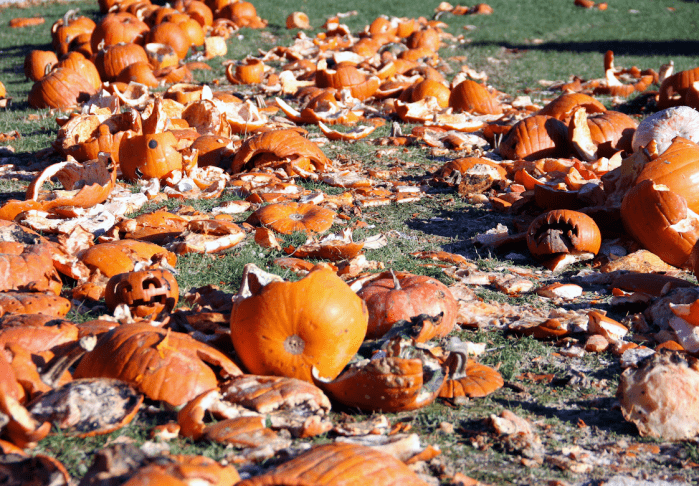By Harvey D. Goodman
It would be ideal if we could treat “soil nutrition” in much the same way as the FDA labels vitamins and minerals. In essence, the labeling of these products allows us to determine the minimum daily requirements of a particular nutrient … well, not really.
The FDA bases its data on an average person being about 165 pounds and about 5 feet 10 inches tall. If you don’t fit that description, don’t be upset — most of us don’t.
Soil nutrition has a similar dilemma. The suggested treatment on a manufacturer’s product assumes soil of a particular quality, in a particular climate zone and under certain specific conditions involving the gardening of a precise grouping of plants.
The best way to determine the particular soil nutrients for your lawn is to obtain a soil analysis. This simple test can determine the nutrient level of your soil and will permit the nursery to suggest the specific fertilizer or multiple fertilizers that are best for your garden.
Plants require 16 essential nutrients. Of these, hydrogen, carbon and oxygen are supplied by the air and water. The remaining 13 are supplied to the plants’ roots via the soil. This group is divided into three subgroups: primary nutrients (nitrogen, phosphorous and potassium); secondary nutrients (calcium, magnesium and sulfur); and micronutrients (zinc, iron, manganese, copper, boron, molybdenum and chlorine).
Nitrogen is an essential element for all living things. It is primarily used in the production of proteins, and it is vital for proper growth and development. The element is made available to plants naturally through the decomposition of organic material or by nitrogen-fixing bacteria, which have the ability to convert nitrogen in the air into nitrates.
Commercially available fertilizers often use synthetic forms of nitrogen in compounds such as ammonium sulfate, ammonium nitrate and urea.
Phosphorus contributes to root growth, fruit development, seed formation and disease resistance. Phosphate dissolves very slowly in the soil, so one treatment often can last for several years. The most common source of phosphorous is bone meal. As an extra bonus, bone meal, in addition to releasing its nutrient slowly, also reduces soil acidity.
Potassium, or potash, strengthens stem and leaf growth. As with phosphorus, the element aids in the resistance of plant disease. Potash is vital for flowering, seed and root crops. Wood ash is a form of organic potash; synthetic potash is available as compounds of potassium chloride or potassium sulfate.
Secondary nutrients, most often missing from the big three fertilizer mixture (nitrogen, potassium and phosphorus) are nonetheless vital for appropriate plant growth and development.
Calcium enables plants to absorb nitrogen and thus synthesize proteins. Deformed fruits and vegetables can be one sign of calcium deficiency. Now you have a clue why some gardeners use crushed eggshells in their compost.
Magnesium is essential for the food-producing process in plants — photosynthesis.
Yellow leaves, or leaves with light-green coloration, a condition known as chlorotic, may be a sign of magnesium deficiency.
There are several full-spectrum fertilizers that contain most of the essential, secondary and micronutrients. Many of these products are powders that are dissolved in water and then applied to the garden.
Questions or comments on gardening and plant care can be addressed to: The Plant doctor, c/o Queens Publishing Co., 41-02 Bell Blvd. Bayside, NY 11361, or e-mail: Harvey.Goodman@.att.net.































